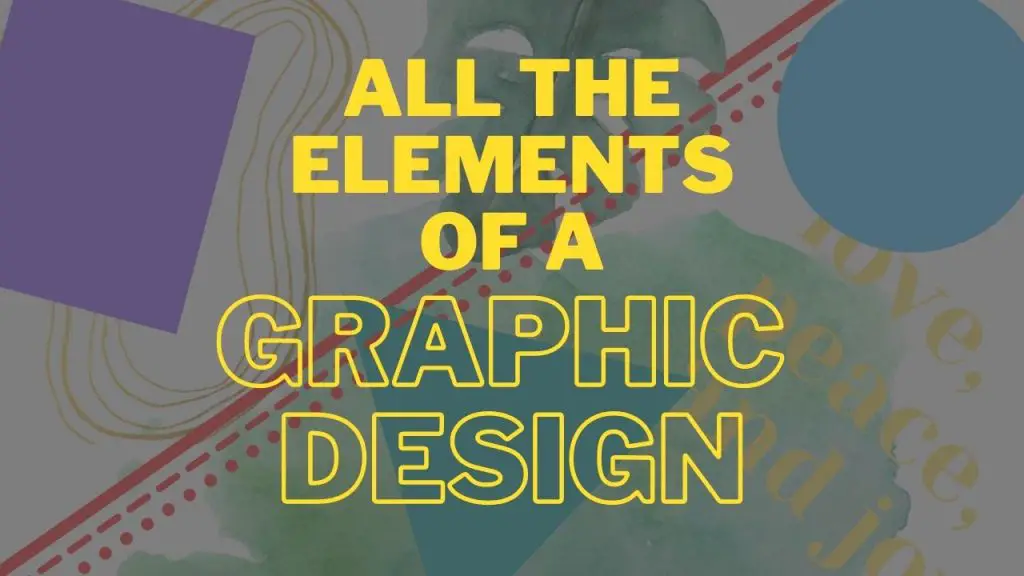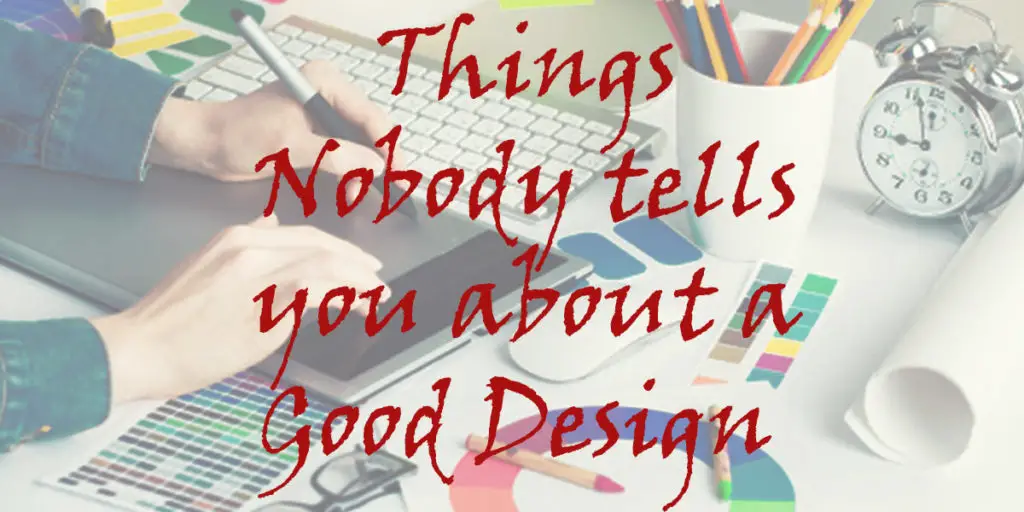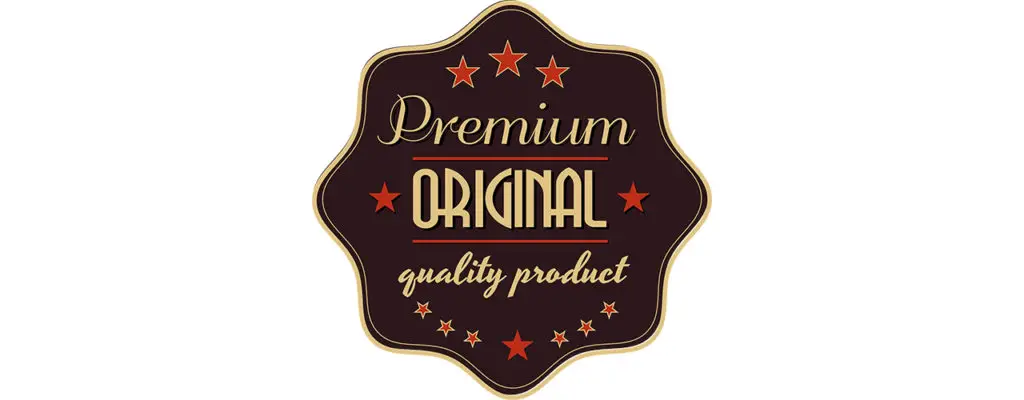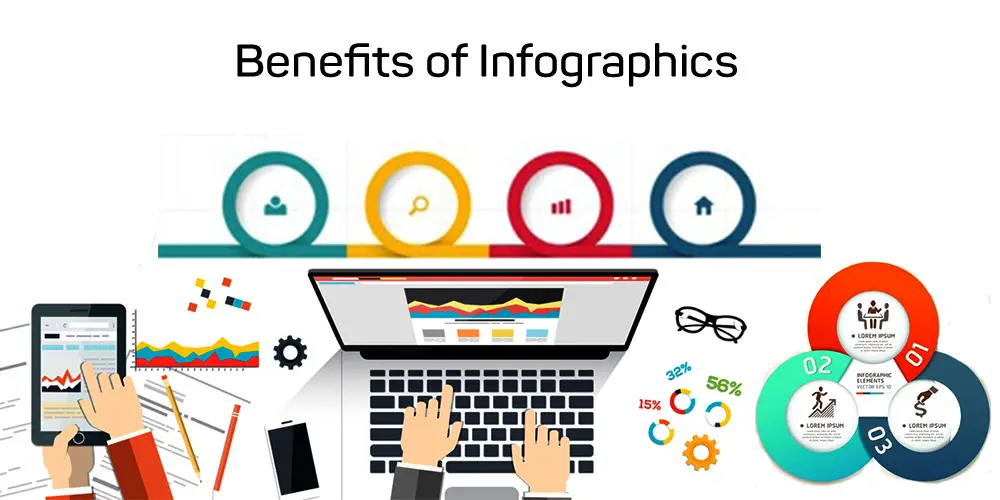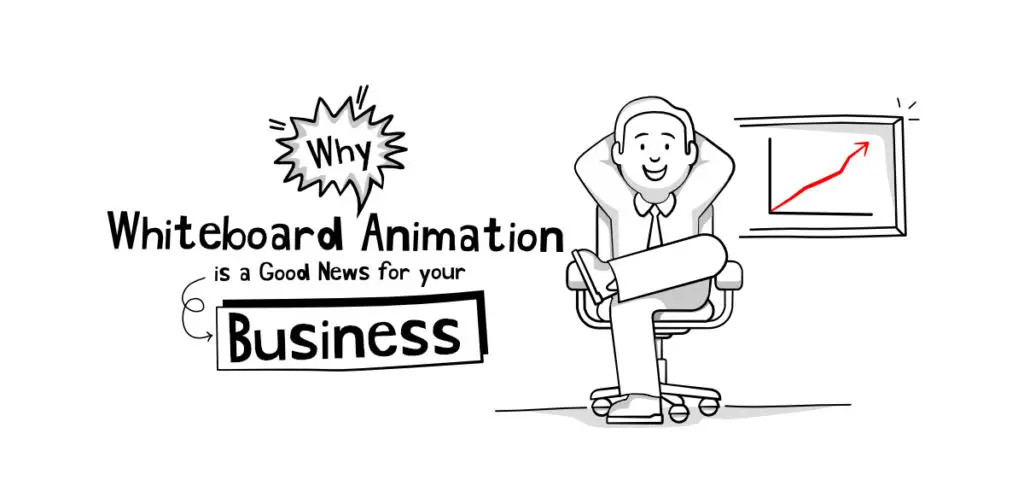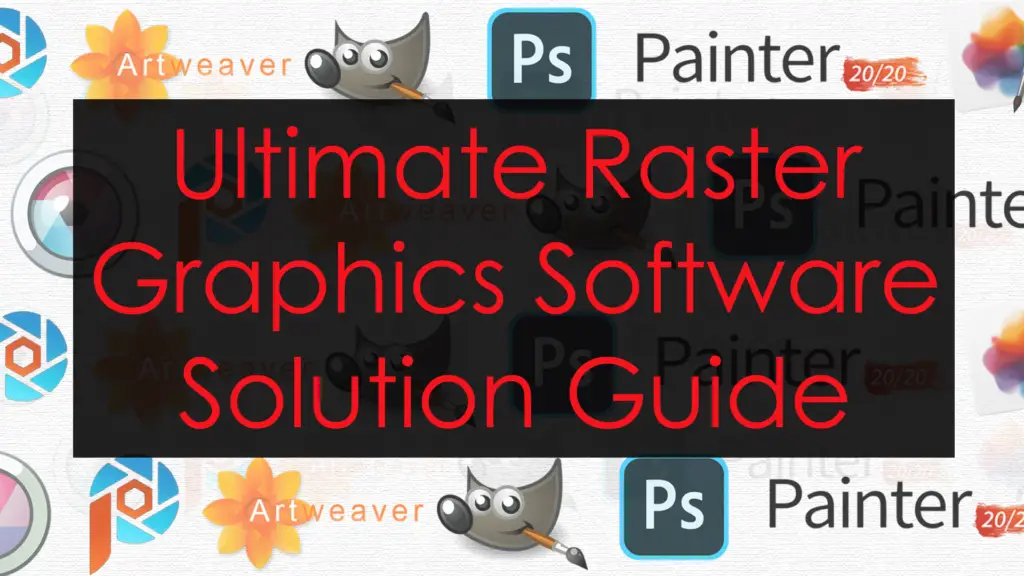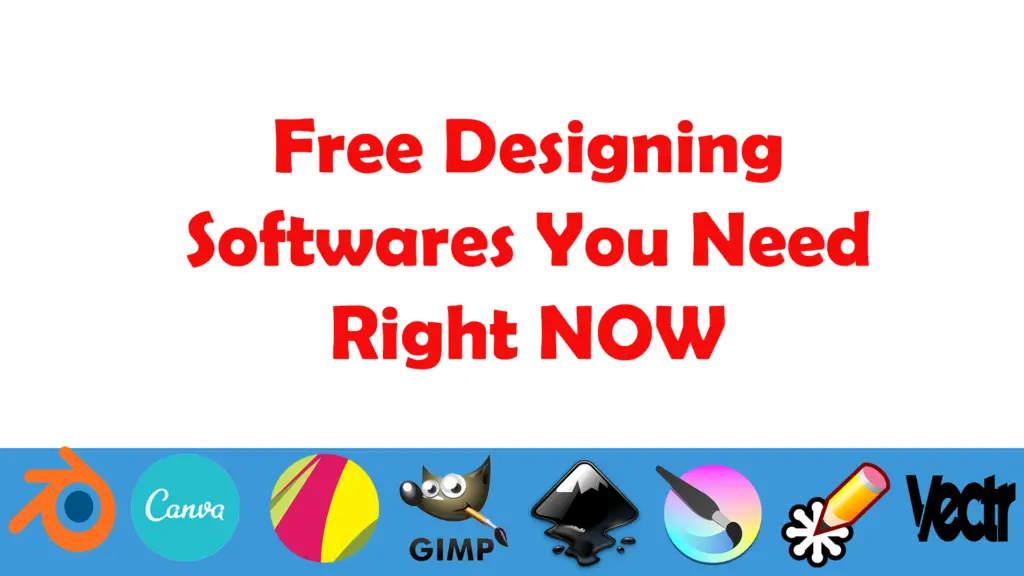THIS ARTICLE MAY CONTAIN AFFILIATE MARKETING LINKS! IN CASE YOU MAKE A PURCHASE THROUGH ONE OF THE LINKS, WE'LL GET A SMALL COMMISSION. WITH NO EXTRA CHARGES TO YOU. THANKS!!
Table of Contents
Basic Elements of a Graphic Design
All design and art forms have some basic elements, and so does graphic design. Elements of a Graphic Design consist of Line, Color, Shape, Typography, Space, Size, and Texture. Mastering these elements helps in creating a fantastic layout that can take a graphic design to next level. Efficient use of these elements makes a design both effective and pleasing to the audience. Below is the list of Elements of a Graphic Design:-
Elements of a Graphic Design
LINE
Lines are more than just two points strung together, it can be used for various purposes. For example, forming patterns, emphasizing a word or phrase, etc. They are used for guiding the viewer’s eye to important parts of a design. A line can be made in various forms namely:-
- Diagonal, Vertical, or Horizontal.
- Zigzag or some other patterns.
- Solid, Implied, or Broken.
- Curved, Straight, or Free form.
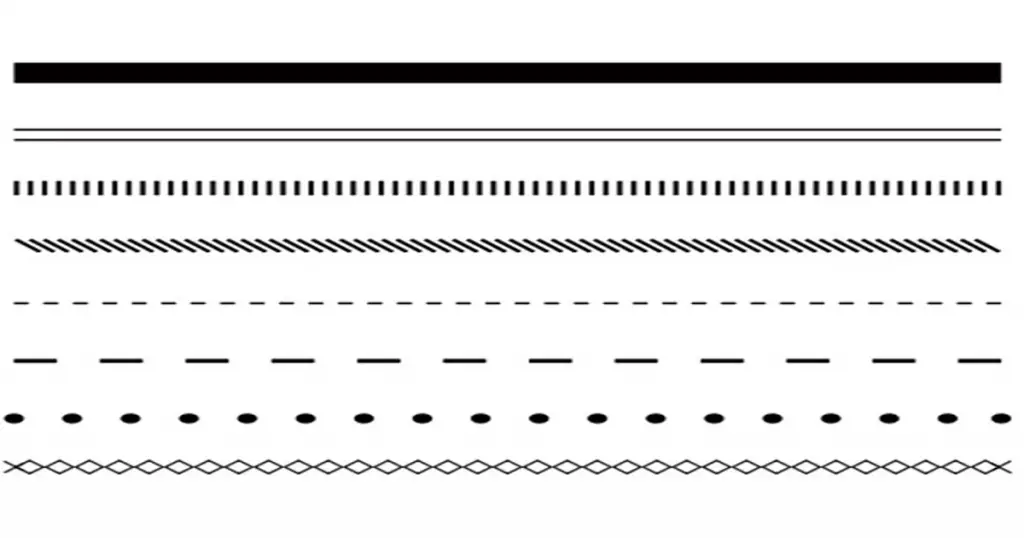
SHAPE
Each graphic design consists of different elements that bring the design to life. Shapes are one of them, shapes are best described as forms, areas, or figures made up of or contained by a closed outline. They have their own meaning in design. For example, triangles have an association with religion, science, stability, etc, Squares and rectangles suggest balance, strength, and dependability. Shapes can be divided into three basic types:-
- Geometric (Rectangles, Triangles, Circles etc)
- Natural (Mountains, Leaves, People etc)
- Abstract (Stylization, Icons, Graphic representation)
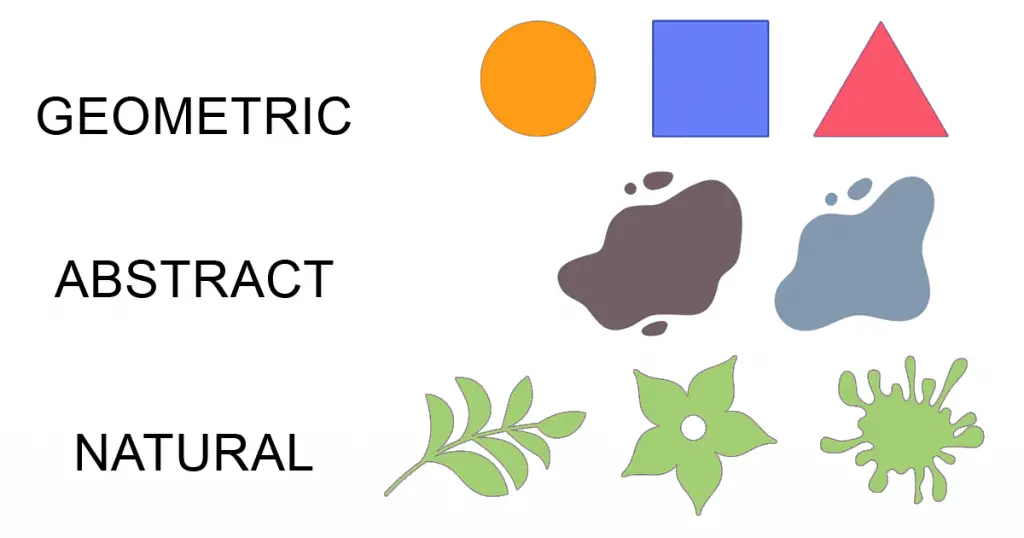
COLOR
Colors are a very useful tool for provoking an emotional response or conveying a certain mood to the audience. People process color in the design subconsciously. Color falls into different categories.
- Primary Colors (Red, Yellow, and Blue)
- Secondary Colors (Violet, Green, and Orange)
- Tertiary Colors (Red-Orange, Yellow-Orange, Yellow-Green, Blue-Green, Blue-Violet, and Red-Violet)
Other than color categories, there are also Color Harmonies which are list below:-
- Complementary Colors Schemes
- Analogous Colors Schemes
- Triad Colors Schemes
- Split-Complementary Colors Schemes
- Tetradic or Rectangular Colors Schemes
- Square Colors Schemes
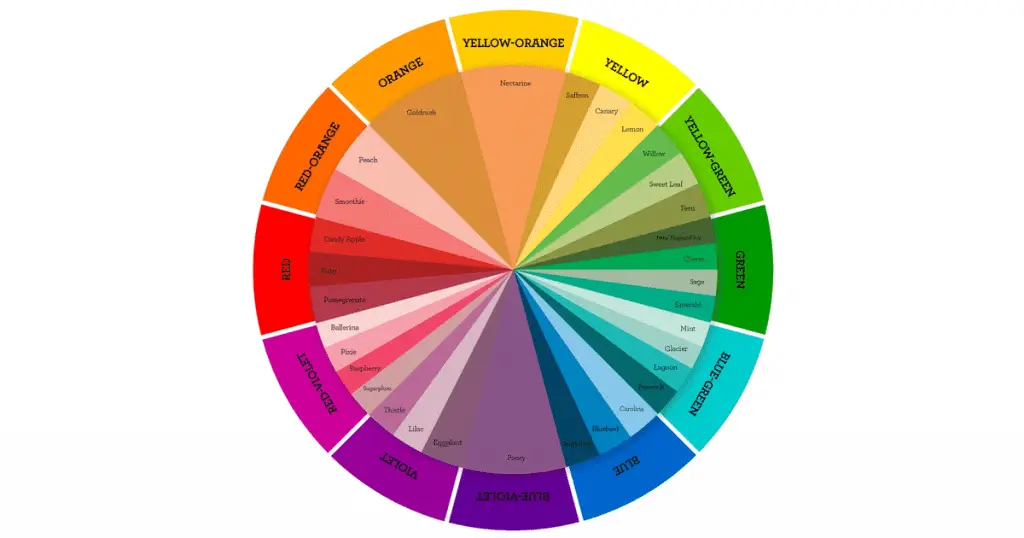
TYPOGRAPHY
Typography deals with the art and method of styling and arranging Type. So that to make written content readable, legible, and appealing in the design. Type can affect the overall mood of the design, so the weight of lettering, font style, and family should be considered. With a general rule of thumb of not exceeding three fonts in a design.
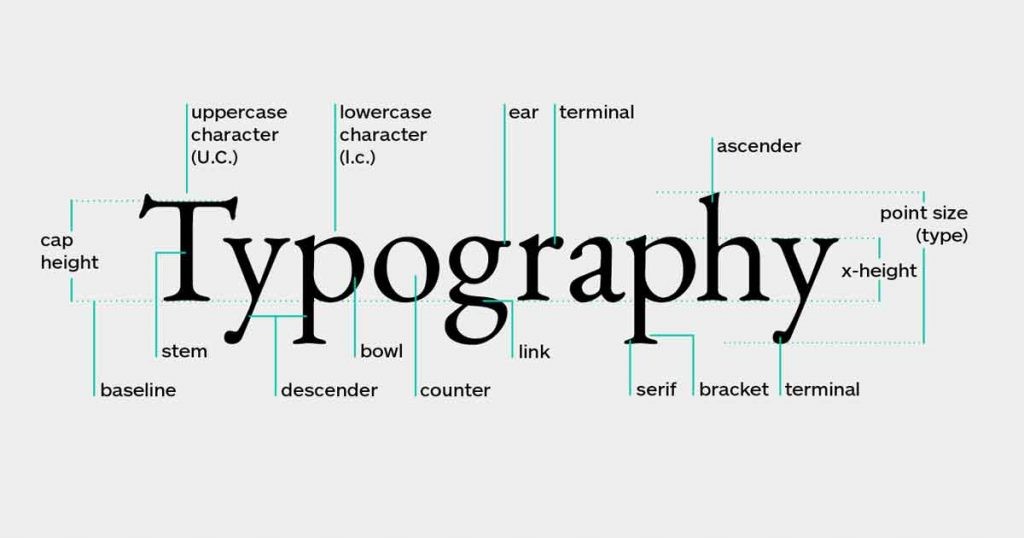
TEXTURE
Texture relates to the feel of a surface of an object. For example, smooth, soft, rough, furry, glossy, or gooey. Thus creating and conveying an illusion of a surface that is not smooth or flat. By mastering the use of texture we can add visual interest and depth to the design and making it look more professional and polished.
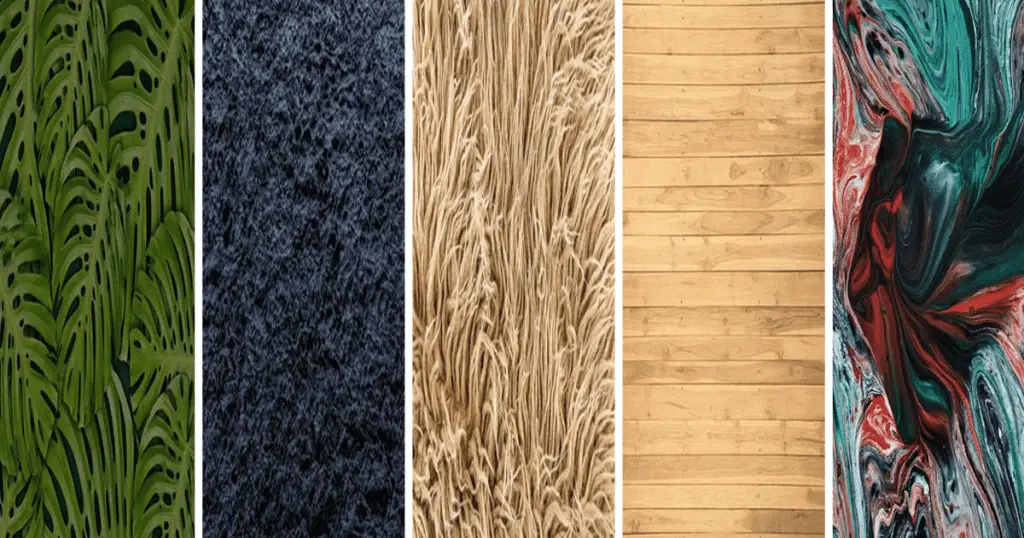
SPACE
Space is an important part of any good design. It is the area surrounding the other elements of a design. It is used to increase the design’s visual impact, giving the design room to breathe and balancing out heavy design elements. Space must be used efficiently to effectively define important content and lead the viewer’s eyes to the important part of the design.
Space consists of two parts.
- Positive Space(space occupied by the design elements)
- Negative Space(it refers to everything else in the design)
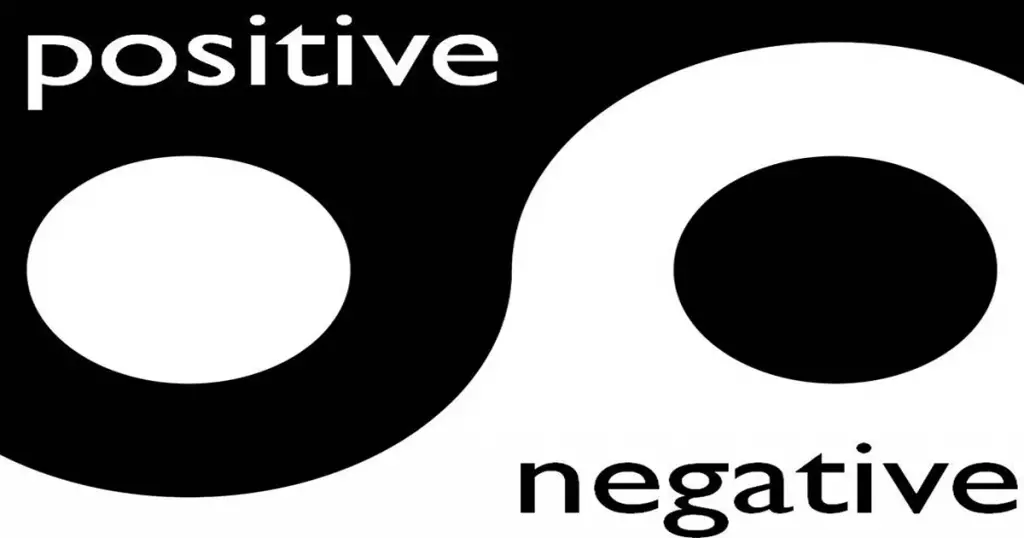
SIZE
A good design layout’s functionality heavily relies upon Size. This element is used to emphasize the importance, create contrast, and draw attention. Generally, elements large in size are used to draw attention to the design as larger design elements attract most eyeballs in a design. And smaller size conveys not so important content. So, the use of variation in element size is a must to lead the audience’s eyes to the crucial content of the design.
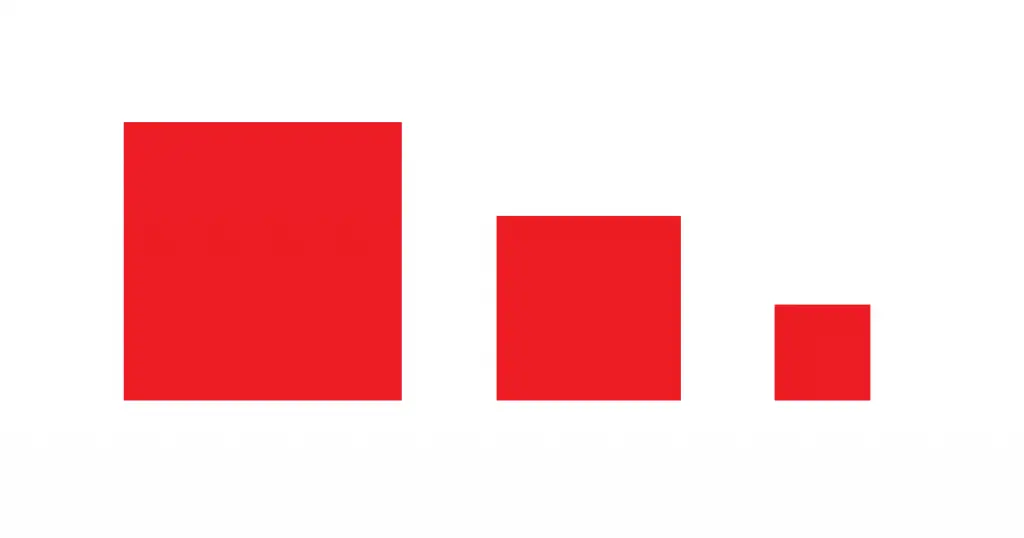
A graphic designer should have an understanding of what these elements are and how they should be used in order to create the desired look of a design. The designer should be able to recognize what each element should look like individually, as well as be able to recognize how they are blended together to give the desired effect. Graphic designers are also able to recognize what other people are doing with these elements to achieve certain effects.
